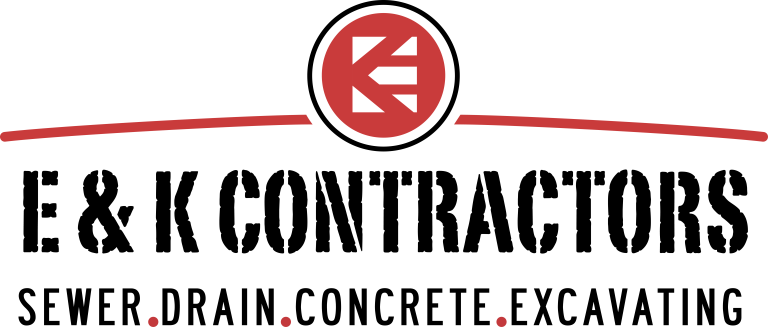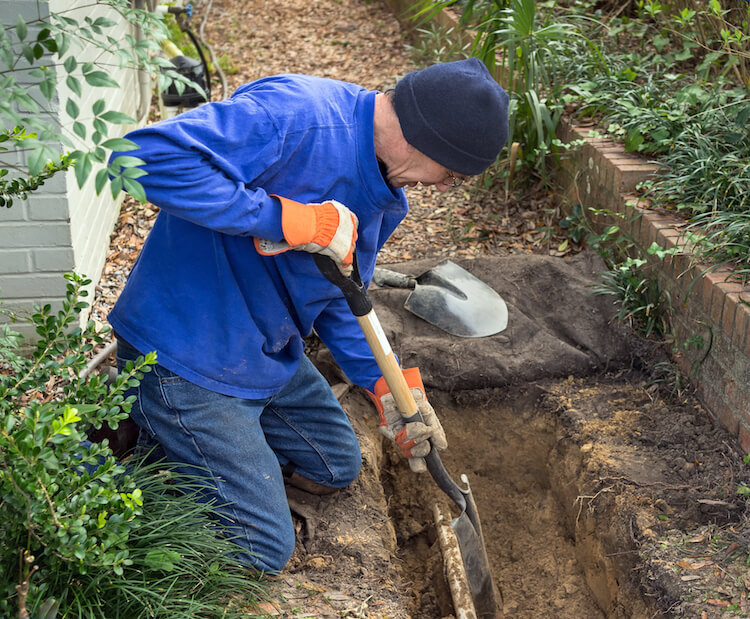All of the plumbing in your place of business, or residence, drains, fixtures, and pipes, are connected to the biggest and most important piece of plumbing, and that is the main sewer line.
However, between improper use of these fixtures, drains, pipes and many other outside factors, the main sewer line takes a beating. Eventually, it can become clogged, or even collapse to the point of needing to be repaired, or even replaced.
Understanding what causes the main sewer line to clog, and the warning signs, can help prevent you from ever having to deal with a major repair, or replacement.
Almost everyone has dealt with slow moving sinks, clogged drains, or backed up toilets. Most clogs are typically easy to fix. However, what happens when all the drains begin backing up at the same time? It could be a main sewer line clog. There are primary indicators that a repair or replacement is necessary:
Tree Root Infiltration
Older sewer lines were sometimes constructed out of clay or other porous materials. In addition, the connections between the pipe sections weren’t as tight as today’s PVC pipes.
As tree and shrub roots grow, they search for sources of water. If they latch onto a sewer pipe, they will grow into the pipe in order to reach the water inside. As the roots expand over time, it can cause the line to break.
Flushing debris down the toilet
Treating a toilet like a trashcan will cause sewer line drain issues. The number one rule to remember is that only human waste and toilet paper get flushed.
Pouring grease down the drain
Grease, fats, and oil are some of the biggest culprits when it comes to clogged drains. It is never a good idea to pour any type of fat down a drain. Often, the mistake is made by running hot water when pouring grease down a sink. The thought is that it will clear the grease or fats away. Unfortunately, once it’s cooled, it hardens and sticks to the pipes, leading to sewer line clogs.
Severe Pipe Damage
When sewer pipes are broken or ruptured, the sewage won’t be able to properly drain through the system. This leads to immediate and frequent backups. Common causes of sewer pipe damage include:
- Sewer pipe rupture via shifting soil, settling, increased traffic on the ground above, and use of heavy construction equipment above ground.
- Corrosion of an older pipe, causing the pipe to break or collapse.
- Leaking joints where the seals between sections of pipe have broken, allowing water and sewage to escape.
A Sagging Sewer Line
While this is out of the control of the property owner, sagging sewer lines happen over time. This “bellied” pipe occurs when a section of the pipe has sunk due to ground or soil conditions. The low spot in the line will begin to collect paper and waste — resulting in repeat blockages.
Some of these causes of a clogged sewer line are preventable, some are not. Often times, the clogs present themselves as emergencies. When this happens, or if you suspect there is a major clog, E & K Contractors can come out and assess the problem and determine the best approach to repairing the main sewer line.

